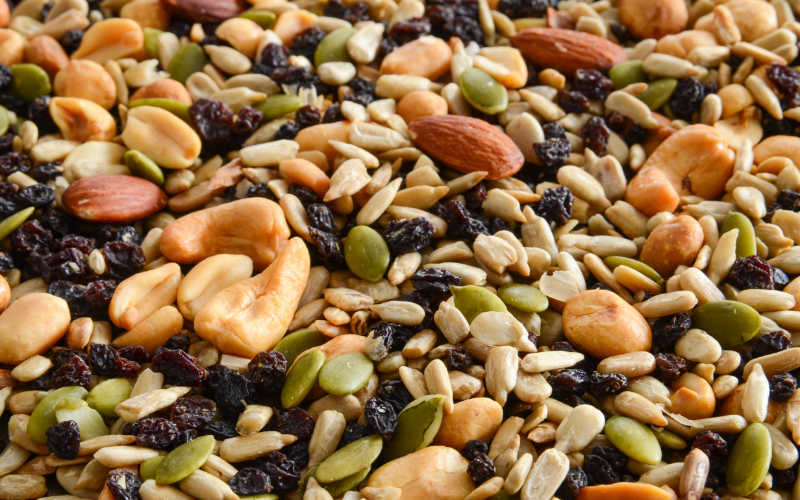

I have been participating in Fleet Feet’s Trail Running program in preparation of Meat Grinder 15K Trail Race September 21st. As a long time endurance athlete and nutrition expert, I have dialed-in my nutrition for longer events, but eating and drinking while running on the trails presented a challenge mainly due to the uneven terrain and lack of options in the woods.
Nutrition on the trail is similar to nutrition while running on the road, but the main differences lie in its ability to sustain the body for longer, slower efforts while remaining in its packaging for safe keeping. Especially if you’re scaling rocks and leaping over logs.
The Basics of Nutrition on the Trail: ** for a 2-3 hour event
-
Always have water with you because there are no (or few) aid stations. Use a hydration vest, hydration belt, or hand-held bottle.
-
Have a nutrition plan of action based on specific fueling windows. It’s easy to lose track of time while out on the trails so set an alarm on your watch as a reminder. Eat and drink in 20 minute intervals – drink every 20 minutes and nibble on something every 40 minutes.
-
Try to consume around 200-300 calories per hour (more for a bigger person and less for a smaller person). Choose easily digested carbohydrates as your main fuel option. Experiment with different options during your training. Choose bars, gels, wafers, or something homemade. One of my clients swore by pitted dates as her “go to” on race day. If you have a homemade item, wrap it tightly, but not so tight that you can’t get into it. Ultimately, it needs to withstand the jarring of your body, yet stay intact so you can easily remove it from its packaging and pop it into your mouth.
-
Choose a product with packaging that prevents the entire contents from falling when opened because nobody wants to drop their entire package of Honey Stinger Waffles in a stream crossing. Find a product that is a little sticky and easy to open without using brute force.
-
-
Troubleshoot food carrying issues pre-race. Know where you will hold the food on your body and whether it will stand up to running, bouncing, climbing, leaping, and falling down (yes, that happens while trail running). Will it fit in a pocket or do you need a belt? Or do you need a hydration vest with extra compartments to hold additional items? If you fall down and your item gets squashed by your body weight, can you still eat it?
-
If you wear gloves to protect your hands (in case you fall), make sure you still have dexterity to pull out food from your pockets, belt, or vest.
-
Latest News
Upcoming Events
Tully Free Library Turkey Trot 5K Run/Walk
All Day | 5872 Meeting House Rd, Tully, NY 13159
The Tully Free Library Turkey Trot 5K Run/Walk is held every year on Thanksgiving Day mornin…
Learn More ›Live Like Liam
All Day | Jamesville-DeWitt High School, 6845 Edinger Dr, De Witt, NY 13214
"Live Like Liam"... Celebrate life and community as you help fund important initiatives in L…
Learn More ›
Connect With Us
see the latest from Fleet Feet Syracuse